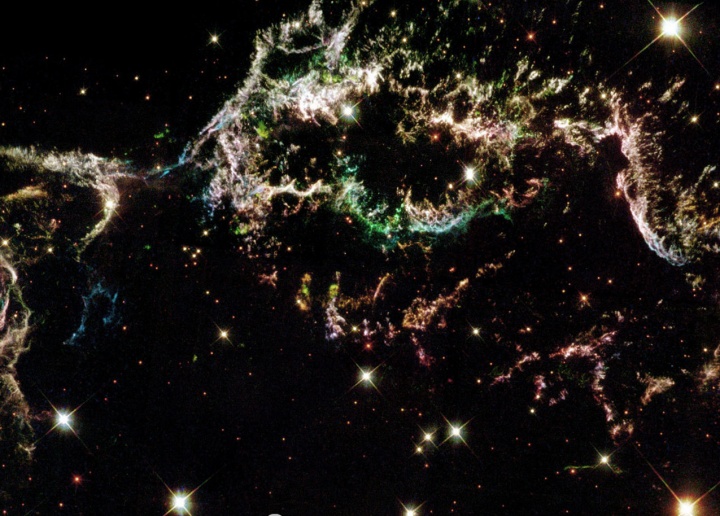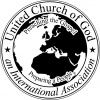Ancient Near Eastern Concepts of Creation

Many people obviously think so. Notice what Richard Dawkins, professor of zoology at Oxford University and professed atheist, has to say about the biblical account:
"Nearly all peoples have developed their own creation myth, and the Genesis story is just the one that happened to have been adopted by one particular tribe of Middle Eastern herders. It has no more special status than the belief of a particular West African tribe that the world was created from the excrement of ants" (Richard Dawkins, The Blind Watchmaker: Why the Evidence of Evolution Reveals a Universe Without Design, 1986, p. 316).
But is Professor Dawkins' assumption true? Is the Genesis record a fairy tale little different from those of other ancient cultures?
Some 5,000 years ago, the Sumerians of Mesopotamia left accounts of their creation myths inscribed on cuneiform tablets. The Sumerians conceived of the earth as flat and the sky as a canopy of clouds and stars. They believed earth and sky were created by two gods: An, the male sky god, and Ki, the female earth god.
These two gave birth to a multitude of other gods, each with a particular power and responsibility over some aspect of the created realm (such as lightning, trees, mountains, illness, etc.). They lived in a kingly court in heaven, with An, the supreme god, surrounded by four subordinate creator gods. Below them were a council of seven gods and, finally, the 50 remaining minor gods.
All physical occurrences could be interpreted by the priests as the result of the particular mood or whim of one of these gods. They could be placated by offerings and sacrifices. Although these deities were considered immortal, their supposed conduct was anything but divine. They were depicted as often fighting among themselves, full of petty envies and lusts and subject to hunger and even death.
A few centuries later the Babylonians conquered the Sumerians and modified these myths to exalt their own civilization. Now it was the Babylonian god Marduk who was in charge; he formed the heavens and earth by slaying a sea monster goddess, Tiamat. According to the Babylonian creation account:
"The god Apsu and the goddess Tiamat made other gods. Later Apsu became distressed with these gods and tried to kill them, but instead he was killed by the god Ea. Tiamat sought revenge and tried to kill Ea, but instead she was killed by Ea's son Marduk. Marduk split her body in half, and from one half he made the sky and from the other half he made the earth. Then Marduk, with Ea's aid, made mankind from the blood of another god, Kingu" (Life: How Did It Get Here? 1985, p. 35).
Does this kind of bizarre tale bear any resemblance to the biblical account of creation? Not at all. The first civilizations of the Fertile Crescent had similar creation accounts, but the only one free of outrageous myth and with a moral and perfect God is the biblical version.
In contrast to the crude polytheistic struggles found in such ancient myths, the Genesis account is smooth, systematic, rational and—yes—scientific.
Notice astrophysicist Hugh Ross' reaction on first reading the biblical account of creation: "The [Bible's] distinctives struck me immediately. It was simple, direct, and specific. I was amazed with the quantity of historical and scientific references and with the detail in them.
"It took me a whole evening just to investigate the first chapter. Instead of another bizarre creation myth, here was a journal-like record of the earth's initial conditions—correctly described from the standpoint of astrophysics and geophysics—followed by a summary of the sequence of changes through which Earth came to be inhabited by living things and ultimately by humans.
"The account was simple, elegant, and scientifically accurate. From what I understood to be the stated viewpoint of an observer on Earth's surface, both the order and the description of creation events perfectly matched the established record of nature. I was amazed" (The Creator and the Cosmos, 1993, p. 15).
Consider an admission from The Columbia History of the World: "Indeed, our best current knowledge, lacking the poetic magic of scripture, seems in a way less believable than the account in the Bible" (John Garraty and Peter Gay, editors, 1972, p. 3).
It is natural to conclude, as nations gradually distanced themselves from the true Creator God and sank into immorality and polytheism, that their understanding of the creation became corrupted and eventually was used to prop up their political, social, philosophical and religious outlooks.
Vernon Blackmore and Andrew Page write: "Today the difference between Genesis and the Babylonian account is evident. The first speaks of one God creating the world and mankind by his own command; the other describes chaos and war among many gods, after which one god, Marduk, fashions humanity from clay and blood. The spiritual depth and dignity of Genesis far surpasses the polytheistic ideas of Babylon. Yet until the complete story had been reconstructed, incautious scholars talked of the Bible account being a copy of that from Babylonia. Certainly, they argued, Genesis should be consigned to the category of legend, and its writing was dated long after Moses to the time Israel was held captive in Babylon.
"Much of nineteenth-century liberalism has now been shown as excessive. The Old Testament is not a poor reflection of more ancient Babylonian or Canaanite tales. There are more differences than similarities between the texts. The opening chapters of Genesis stand unique. Nevertheless, many scholars still use the category of myth in relation to some of the biblical material" (Evolution: The Great Debate, 1989, p. 130).
